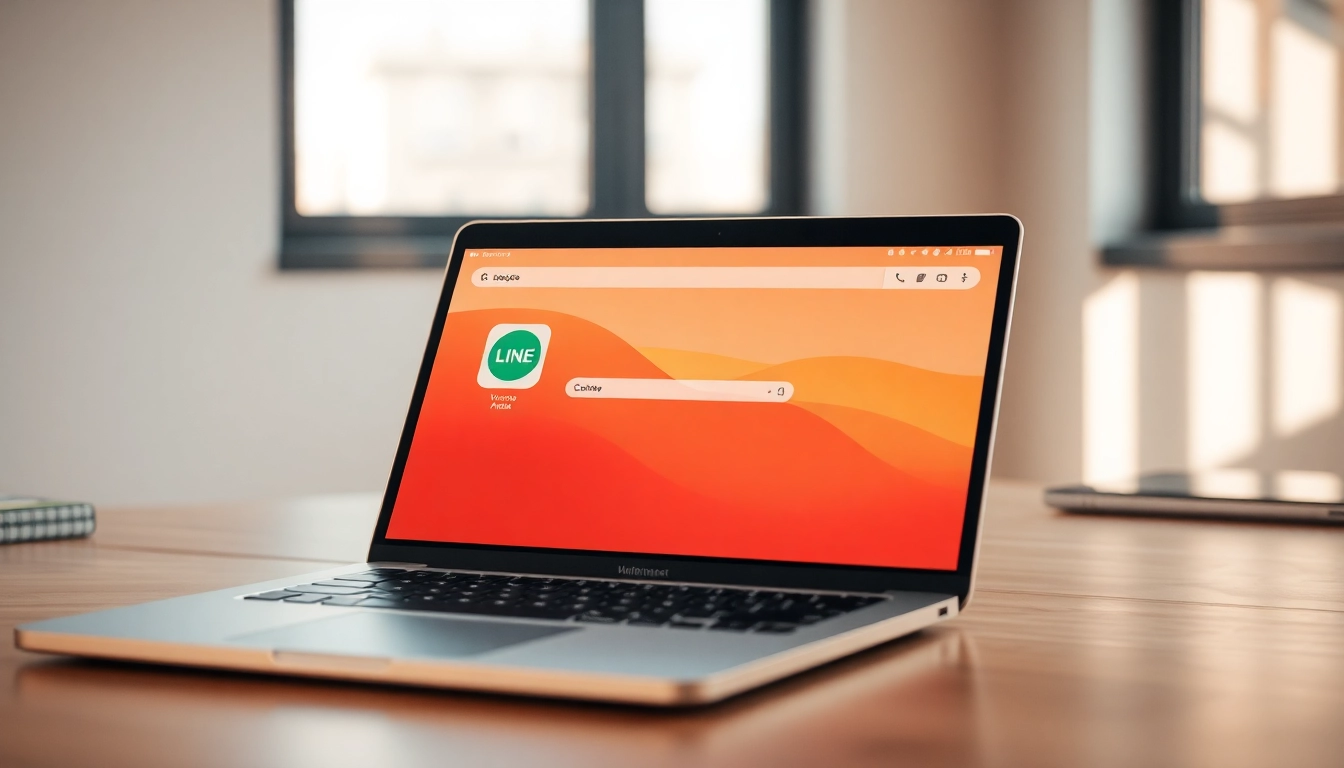Understanding the Core Principles of Web Design
In today’s digital age, web design has evolved far beyond mere aesthetics. It involves the intricate process of planning, conceptualizing, and arranging content for the internet. Whether you’re designing a personal blog or an extensive e-commerce site, understanding the core principles of web design is crucial for creating websites that are not only visually appealing but also functional and user friendly.
What is web design?
Web design refers to the practice of creating websites. It encompasses a wide range of skills and disciplines, including graphic design, interface design, user experience (UX) development, search engine optimization (SEO), and content creation. The ultimate objective of web design is to create a site that meets the needs of its users while fulfilling the goals of the business or individual behind it.
Key elements of successful web design
- Visual Hierarchy: Organizing content in a way that guides the viewer’s eye towards the most important elements.
- Color Theory: Using color palettes effectively to evoke emotions and ensure accessibility.
- Typography: Selecting fonts and text sizes that improve readability and align with the overall branding.
- Imagery: Integrating images that complement the site’s content and enhance the overall user experience.
- Consistency: Maintaining a uniform look across all pages to build trust and familiarity.
Importance of user experience in web design
User experience (UX) is a critical aspect of web design that focuses on how users interact with websites. A well-designed UX ensures that visitors can navigate your site intuitively, find the information they seek quickly, and complete desired actions (like making a purchase or signing up for a newsletter) with minimal friction. Factors that influence UX include:
- Usability: The ease with which users can navigate the site.
- Accessibility: Ensuring all users, including those with disabilities, can effectively interact with the site.
- Performance: Fast load times and smooth transitions contribute significantly to a positive UX.
Choosing the Right Tools for Web Design
Popular software and platforms for web design
The selection of tools and platforms significantly influences the web design process. Popular options include:
- Adobe XD: A vector-based tool for UI/UX design and prototyping.
- Figma: A web-based design tool that facilitates collaboration among designers.
- Sketch: An interface design tool favored for its plugins and integrations.
- WordPress: A versatile content management system (CMS) that powers roughly 40% of the web, ideal for both beginners and advanced users.
- Webflow: A tool that combines the power of design with the functionality of a CMS.
Utilizing templates vs. custom designs in web design
When embarking on a web design project, one must consider whether to use pre-designed templates or create custom designs from scratch. Each approach has its pros and cons:
- Templates: These offer a quick and cost-effective solution, especially for those with limited design experience. However, using templates can lead to less uniqueness and flexibility.
- Custom Designs: While more time-consuming and potentially costly, custom designs provide greater control over the final product, allowing for tailored solutions that meet specific needs.
Integrating design tools for seamless workflow
Integrating various design tools can enhance the workflow and ultimately improve the final product. Following practices include:
- Choosing tools that work well together: For instance, using Figma for design and then transferring assets to Webflow for development can streamline the process.
- Using collaboration tools: Platforms like Slack or Trello can keep projects organized and communication flowing between teams.
- Version control systems: Implementing systems like Git to track changes in design files can help manage revisions and updates systematically.
Implementing Best Practices in Web Design
Responsive design techniques for various devices
Responsive design is an approach that ensures a website looks good and functions well on various devices, such as smartphones, tablets, and desktops. Techniques can include:
- Fluid grids: Designing layouts that use relative units (like percentages) rather than fixed measurements to adapt to different screen sizes.
- Media queries: Using CSS rules that apply different styles based on the device characteristics.
- Flexible images: Ensuring images resize properly according to device screens without losing quality.
Accessibility considerations in web design
Designing for accessibility is crucial to ensure all visitors can use your website, including people with disabilities. Key considerations include:
- Keyboard navigation: Ensuring users can navigate your site using only a keyboard.
- Alt text for images: Providing descriptions for images so screen readers can convey this information to visually impaired users.
- Color contrast: Utilizing sufficient contrast between text and background colors for readability.
Optimizing images and content for performance in web design
Performance optimization is critical in web design for ensuring fast load times and a smooth user experience. Strategies include:
- Image compression: Reducing file sizes without sacrificing quality, using tools like TinyPNG or ImageOptim.
- Lazy loading: Loading images only when they enter the viewport, improving initial load times.
- Minification: Reducing the size of CSS and JavaScript files to improve performance.
Common Challenges in Web Design and How to Overcome Them
Balancing aesthetics with functionality in web design
A significant challenge in web design is striking a balance between visually appealing aesthetics and functional usability. Key approaches include:
- Prioritizing user needs: Your design should cater to user experience without compromising aesthetic value.
- Iterative testing: Conducting A/B tests to evaluate how users interact with design elements can help inform necessary adjustments.
Managing client expectations in the web design process
Clear communication is vital in managing client expectations. Strategies include:
- Setting realistic timelines: Providing timelines that account for all phases of the design process helps avoid last-minute changes.
- Regular updates: Keeping clients informed of progress through regular check-ins can foster a trusting relationship.
Staying updated with web design trends and technologies
The rapid evolution of web design trends and technologies can make it challenging to stay relevant. Recommended strategies include:
- Continuing education: Engaging in workshops, online courses, and webinars can help you stay updated with the latest design techniques and tools.
- Networking with peers: Joining design communities can provide insights and inspirations from fellow designers.
Measuring Success in Web Design Projects
Key performance indicators for web design
Measuring the impact of web design is essential for understanding effectiveness. Key performance indicators (KPIs) can include:
- Conversion rates: Tracking the percentage of visitors completing desired actions can gauge the effectiveness of design.
- Bounce rates: Monitoring the rate at which users leave your site without exploring further can indicate usability issues.
- Load times: Assessing page load times is crucial since faster websites enhance user satisfaction and retention.
Gathering user feedback and making iterations in web design
User feedback is indispensable for iterating on design. Effective methods include:
- Surveys and polls: Implementing short surveys can yield valuable insights into user satisfaction and areas for improvement.
- User testing: Observing real users as they navigate the site can highlight usability challenges that designers may overlook.
Case studies and real-world examples of impactful web design
Examining successful web design cases can provide valuable insights. Successful examples typically demonstrate a clear understanding of their target audience, effective use of design principles, and a balanced approach to aesthetics and functionality. Analysts can break down elements such as:
- User journeys: Mapping out how users navigate through the site can reveal potential areas for enhancement.
- Brand alignment: Ensuring that design choices reflect the brand’s identity effectively can significantly impact user engagement and loyalty.



